
S2C: Network Inventory Management Solution
Create. Integrate. Accelerate.
Service2Create (S2C) is a complete, off-the-shelf, configurable, intelligent inventory management system.
We bring logical, physical, virtual and service elements together at one glance. Unlock new levels of performance, with S2C, a unique solution to the common day-to-day challenges in telecom today.
Trusted by:


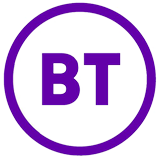
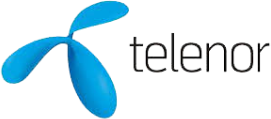


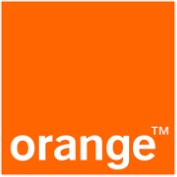
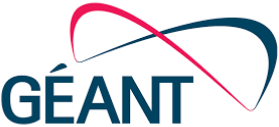










VC4 Service2Create
The single source of truth for your network
VC4 Service2Create (S2C) manages data for any network infrastructure and topology and provides an end-to-end view of your multi-vendor networks.
It provides accurate data to support your business and operational units – accelerating maintenance and support, and helping you plan more effectively.
Consolidate your network inventory and asset data accurately and consistently, using a selection of 10 modules and extensions, for building optimal operations and service delivery within your market.

Service2Create Modules
Modular, scalable OSS business tool
Inventory Module
The inventory module of VC4 S2C captures all assets – physical, logical, virtual, and service and then maps these to the physical network, delivering a rich, interactive view.
- Physical inventory
- Logical & virtual inventory
- Service inventory
- Planning
- Capacity
GIS Module
A complete geographical view of your networks, enabling accurate planning and operations.
- Clear geographical view of all network assets
- GIS functions to plan and operate fiber and copper networks
- Direct relationship physical to logical connections and services
Leased Line Module
Bringing together all leased connections, including leased capacity from other operators. This is backed by financial reporting and analysis.
- Complete view of leased line connections
- Related leased line and your own network inventory objects
- A consolidated commercial information register
- Eliminate redundant leased lines
- Automated invoice checks
IP Management Module
Manage and discover all IP addresses (IPv4 /IPv6) for registration and assignment.
- IP ranges
- Reservations
- IP automatic subnet calculation
- Auto discovery of IP addresses from live networks
Telephone Number Module
Manage all geo and non-geo numbers, in alignment with inventory objects.
- Supports all countries telephone numbering systems
- Supports telephone numbering porting
- Clear reporting functionality and configuration for local authorities
- Auto discovery telephone numbers from live networks
Integration Module
A unified set of processes to ensure that data is updated, with integration to all associated systems from the OSS and BSS.
- Integration with multi-vendor elements
- NMS / EMS interfaces for network auto discovery and reconciliation
- BSS / OSS RESTful APIs
- Activation and change / status tracking
- Performance management interfaces
Reporting & Dashboard Module
A complete toolkit to create scheduled and custom reports, based on clear, interactive visualization, and with automated scheduling options.
- Reports
- Dashboards
- Custom reports and templates
- Schedule and distribute
Order & Trouble Ticket Module
The purpose of the S2C order management functionality is to automate, validate and secure the processes during the lifecycle of the network.
- Order and service delivery management
- Trouble ticket management
- Process is configurable allowing a customized workflow
- Custom reports and templates
Impact Analysis Module
Detect, track and inform customers or network operations on the impact of planned and unplanned outages.
- Planned work
- Fault impact analysis
- Single Points of Failure
- Inform customers in a consistent way
Warehouse & Spares Module
Efficiently process all transactions and meet delivery targets, with complete cost control to accelerate service rollout and fault handling.
- Warehouse and stock
- Spares management
- Purchase order management
- Finance and asset management
- Invoice and payment control
VC4 Service2Create Overview
Explore the next generation of network inventory management solutions
What our customers say
VC4 Service2Create is field proven and trusted by leading organisations
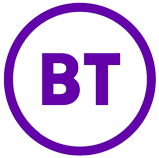
“VC4 understands our needs and gives us the required support. They bring passion and experience in their work, they are open for new ideas and challenges. We highly recommend VC4.”

“During the pandemic, we received many new service requirements – we achieved them all. We didn’t miss a thing. IMS from VC4 helped us to achieve that.”
“VC4-IMS is a major factor in the operation of our network and services. It allows us to deliver high customer satisfaction. We strongly recommend VC4 as experts in their field.”

“VC4 was the company that better met our requirements in terms of quality and price. Our relationship has been very fruitful…their platform adds extraordinary value.”

“The coverage of all network layers (Fiber KML up to L2/L3 services) and creating trouble tickets makes VC4-IMS a fundamental part of our network administration and NOC activities.”
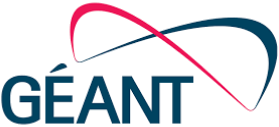
“With their experience in the NREN community, VC4-IMS was strategic for the success of GÉANT. GÉANT was able to benefit from the standard offering of VC4-IMS with minor customisations.”














